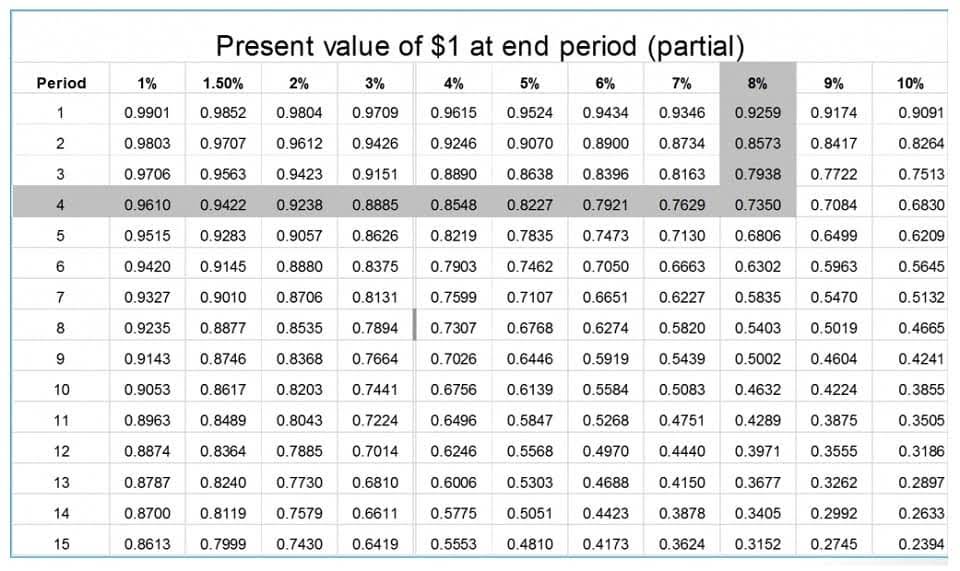What Is a Contra Asset?
Content

This type is paired with the asset account, which allows a business to record the original price or value of the asset at time of purchase. The contra asset account then allows recording of the value factoring in depreciation. The contra asset account, accumulated depreciation, https://www.bookstime.com/ is always a credit balance. This balance is used to offset the value of the asset being depreciated, so as of September 1, your $8,000 asset now has a book value of $7,866.67. Allowance for doubtful accounts is contra asset accounts that offset the accounts receivable.
- Instead of debiting the asset account directly, the contra asset account balance will be credited (reduced) separately.
- Therefore, an example of a contra asset account involved with a depreciation situation seems reasonable to observe.
- As mentioned, companies do not represent these accounts on the balance sheet.
- Contra liability accounts are special accounts in the liabilities section of the balance sheet.
- A key example of contra liabilities include discount on notes or bonds payable.
Most accountants choose to record the depreciation over the useful life of an item in the accumulated depreciation contra asset account, which is a credit account. The balance sheet would show the piece of equipment at its historical cost, then subtract the accumulated depreciation to reflect the accurate value of the asset. Contra assets are accounts in the general ledger—where you enter your transactions—that carry a balance used to offset the account with which it is paired. Instead of debiting the asset account directly, the contra asset account balance will be credited (reduced) separately.
Presentation of Contra Assets
A contra asset is an account that when increased, decreases the value of a related asset on the books. If you’re using the wrong credit or debit card, it could be costing you serious money. Our experts love this top pick, which features a 0% intro APR until 2024, an insane cash back rate of up to 5%, and all somehow for no annual fee. You can estimate the total to record in the allowance for doubtful accounts based on uncollectible revenue totals from the previous year or you can conservatively estimate the amount.

An asset account which is expected to have a credit balance (which is contrary to the normal debit balance of an asset account). For example, the contra asset account Allowance for Doubtful Accounts is related https://www.bookstime.com/articles/contra-asset-account to Accounts Receivable. The contra asset account Accumulated Depreciation is related to a constructed asset(s), and the contra asset account Accumulated Depletion is related to natural resources.
Contra Revenue Account
If you depreciated it evenly you would take $20,000, divide it by 5 and expense $4,000 each year. On the balance sheet you would list the asset at $20,000 then show the $4,000 in accumulated depreciation being subtracted from it for a net value of $16,000. Accumulated depreciation is a contra account because it subtracts from the asset. Allowance for doubtful accounts is a contra account because it subtracts from the asset accounts receivable.
Contra accounts are used to reduce the original account directly, keeping financial accounting records clean. The difference between an asset’s balance and the contra account asset balance is the book value. Contra liability, equity, and revenue accounts have natural debit balances. These three types of contra accounts are used to reduce liabilities, equity, and revenue which all have natural credit balances. Therefore, for these three, the debit balance actually represents a negative amount.
COMPANY
They are used in case some customers won’t be able to pay the money they owe to the business. Contra equity accounts are accounts in the equity section of the balance sheet that reduce the amount of equity a company holds. Therefore, contra equity accounts have a debit balance to offset their corresponding equity balances. To account for this potential loss, GreenThumb creates a contra asset account called “Allowance for Doubtful Accounts” with a credit balance of $1,200 (3% of $40,000). On the balance sheet, the net accounts receivable will be reported as $38,800 ($40,000 – $1,200).

Contra liability accounts are less commonly used than contra asset accounts. Contra liability accounts are mainly used by corporations that issue bonds frequently. That is because some of the bonds are issued at a discount, so this reduces the balance of their bonds payable. They are also helpful for keeping the books balanced and creating a clear trail of financial breadcrumbs for historical review and reporting. For instance, it is common to keep the purchase price of a piece of equipment as a historical cost in the debit asset account when it comes to fixed assets. Accumulated depreciation is a contra asset account used to record the amount of depreciation to date on a fixed asset.
Allowance for Receivables
There are four key types of contra accounts—contra asset, contra liability, contra equity, and contra revenue. Contra assets decrease the balance of a fixed or capital asset, carrying a credit balance. Contra liabilities reduce liability accounts and carry a debit balance. Contra equity accounts carry a debit balance reduce equity accounts. Contra revenue accounts reduce revenue accounts and have a debit balance.
- On the balance sheet, the net accounts receivable will be reported as $38,800 ($40,000 – $1,200).
- While accumulated depreciation is the most common contra asset account, the following also may apply, depending on the company.
- Contra asset accounts allow users to see how much of an asset was written off, its remaining useful life, and the value of the asset.
- For this reason, contra accounts are primarily seen as having negative balances because they are used to reduce the balance of another account.
- This means it received $4,500 in cash but needs to pay $5,000 back to the bondholders.
- For example, if an account has a debit balance, a contra account will have a credit balance.
Therefore, contra asset accounts differ from other accounts that have a credit balance. Overall, contra accounts are offsetting balances that are the opposite of specific accounts. There are several examples of contra accounts, including accumulated depreciation, accumulated depletion, accumulated amortization, allowance for receivables, etc. These are all examples of contra asset accounts, which are the prevalent type of contra accounts.